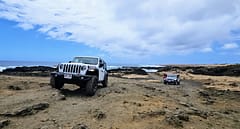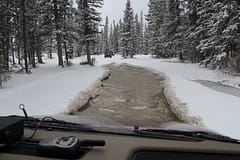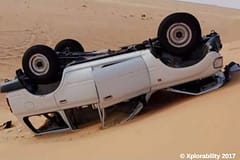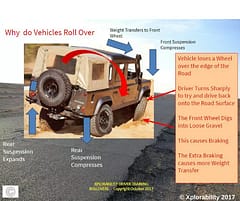Geometric Limitations of Vehicle
Understand Your 4WD Vehicle Angles and Limitations
Contents
- Introduction to Geometric Vehicle Limitations
- What is Approach and Departure Angle?
- How to Handle Steep Terrain Using Ramp Angle
- Side Angle of Maximum Articulation: Understanding Side Angle to Prevent Rollover
- Cross Axle Situation at Maximum Articulation
- Restricted Vision Problems
Introduction to Geometric Vehicle Limitations
Before you start adventuring into any off-road situation you need to understand your vehicle’s “Geometric Limitations” – In reality this is just a fancy name for how and what the body shape, under body transmission and suspension parts will allow the vehicle to travel over on varied terrain while taking into account the laws of physics, dynamics and stability.
Without this knowledge there is likely to be the embarrassment of damage to the vehicle or the terrain as well as to the driver and any occupants. To keep things simple, these fundamentals are captioned photographs.
This content was developed by and owned by Paul Sinkinson, Xplorability owner. Paul is a 4wd Defensive Driver Training Consultant/Trainer and Programme Developer.
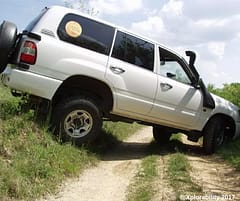
By being aware of the following Angles and Limitations it will help you to understand more fully the capabilities of the 4wd vehicle you use.
Normally, this theory programme runs alongside full practical training and perhaps sometime in the future we can look at accompanying videos for that but in the meantime, absorb the information and step outside and check out how it applies to your vehicle.
What is Approach and Departure Angle?
Angle of Approach
Determines what the vehicle is able to climb up.

Angle of Departure
Determines what the vehicle can descend.
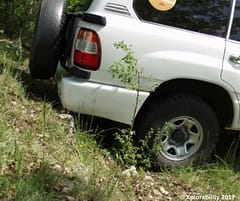
Angle of Approach on Descent
Determines if vehicle can exit a descent.
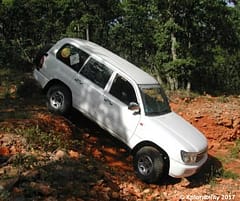
Angle of Departure on Ascent
Determines if a vehicle is able to exit an ascent without connecting with the terrain at the rear.
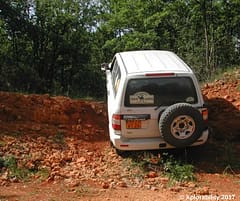
How to Handle Steep Terrain Using Ramp Angle
Determines if a vehicle can cross the centre point of a climb.
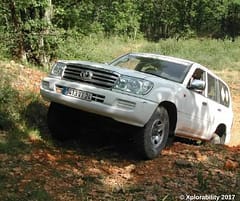
Ramp angle is also the angle at the centre lowest point between the axles.
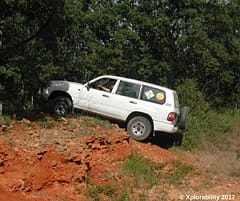
Side Angle of Maximum Articulation: Understanding Side Angle to Prevent Rollover
The maximum SAFE side slope angle.
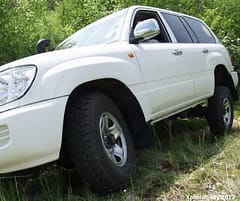
Beyond this the vehicle can rollover.
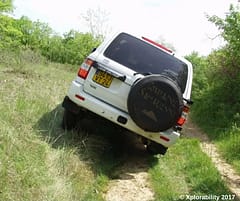
Side angles are DANGEROUS – vehicle CAN ROLLOVER.

Rear Wheel lifting off terrain – Next stage is a rollover.
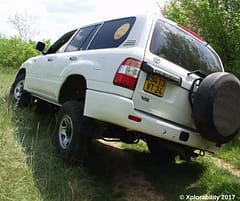
Beyond this point can be a rollover.

Vehicle at rollover point.
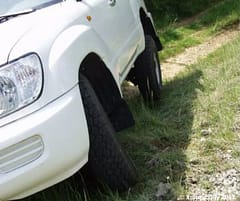
Front wheel is now off the ground – Rear wheel about to lift.
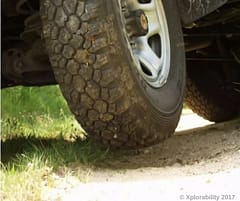
Cross side angle at maximum articulation – DANGER!
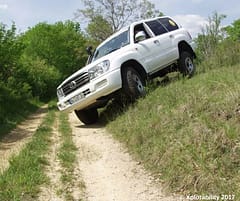
Side angle at maximum articulation.

Cross Axle Situation at Maximum Articulation
Front wheel off the terrain and opposing rear wheel also off the terrain.
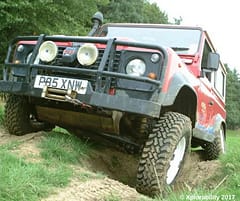
Front and opposing rear wheels off the terrain.
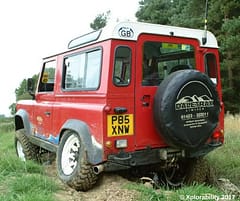
Restricted Vision Problems
Wind Screen Pillar and Internal Roll Cages
It is Important to explain to 4wd drivers that, as you may see from time to time in crash photographs of vehicles with Internal Protection Cages installed or Snorkels that they encroach into the drivers area of vision to the extent that vehicles approaching from the left (left hand drive and similarly the right in right hand drive) at junctions or approaching from the left on left hand bends can not be seen clearly and that a number of accidents appear to be either T boned damage to vehicles or vehicles being T Boned by vehicles. On the approach to junctions and left hand bends (right on RHD) the drivers must therefore be cautious and make an effort to ensure that they are aware of any traffic or obstacles that could be blocked by the windscreen pillar and the internal cage support leg or the Snorkel itself.
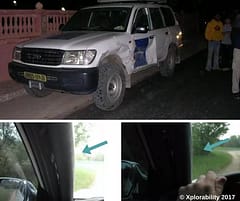
Next Article: Hazard ID, Safety and Environment
Copyright
This content was prepared for the Off-Road Discovery Website by Xplorability 4wd Training
The Content - All Photographs and Photographic Copyright and All other Rights other Reserved October 2017. S.W. France This content may not be copied or reproduced without the written consent of Paul Sinkinson – Xplorability Training.
For Use Only in 4wd and Light Vehicle Driver Training.
Not for Re-Publication, Distribution or use outside the Xplorability Training Programme

